Krapina Neanderthal Museum Wins European Cultural Tourism Network Award
ZAGREB, 22 Oct 2021 - The Krapina Neanderthal Museum and Hušnjakovo site have been awarded the prestigious European Cultural Tourism Network (ECTN) Award 2021 in the category for Archaeological Sites and Museums as Cultural Tourism Attractions, the Ministry of Culture and Media reported on Friday.
The museum won the award thanks to the excellent modern presentation of its pre-historic, archaeological and anthropological topics, and in particular, because it has the status of an unavoidable cultural-tourism destination in Europe with more than 100,000 visitors a year from around the globe, the ministry said in a press release.
The reasoning for the award notes the creative methods of working with children and young people and cooperation with the local community, where the museum is the generator of the main cultural events and an example of good practice of sustainable cultural tourism in the area.
Thanks to this award the museum has confirmed its European dimension and recognisability. This is proof that the culture of the Krapina Neanderthal has become a brand of global proportions, the ministry said.
Other finalists in the same category included the Nerezinac Lugger – sailing interpretation centre of the maritime heritage of the island of Lošinj and the Zenica City Museum in Bosnia and Herzegovina.
Two other Croatian museums were among ECTN finalists in other categories - Rab Archaeological (T)races and the Museum of Chocolate in Zagreb.
ECTN is a pan-European network of destinations, authorities, NGOs and research institutes for Sustainable Cultural Tourism development and promotion across Europe.
For more on travel, CLICK HERE.
April Marks End of Rijeka 2020 European Capital Of Culture Program
April 2, 2021 - The Rijeka 2020 European Capital Of Culture program ends this month.
Due to the coronavirus outbreak that started just a month after the official inauguration, the title of European Capital of Culture for Rijeka was extended until April 2021.
The Croatian National Tourist Board reports that over 50 cultural and artistic events will be held in Rijeka during April, the month that represents a kind of finale of the European Capital of Culture program, which the audience will be able to attend under controlled conditions and with respect for epidemiological measures.
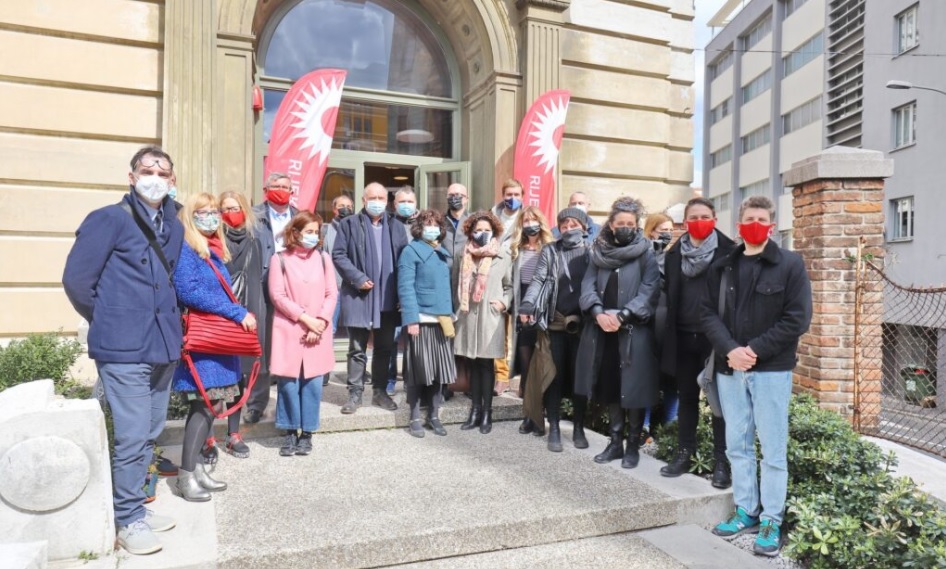
Credit: Rijeka2020.eu
Namely, for both the cities of Rijeka and Galway (Ireland), due to the outbreak of the COVID-19 pandemic and the inability to fully implement the originally planned program during 2020, the titles of European Capitals of Culture have been extended until the end of April 2021. Thus, the rich April program, which will officially mark the end of the European Capital of Culture project for 2020, will include plays, concerts, and programs in the theater. Themed guided walks around the city will be organized every weekend, as well as openings of permanent installations, exhibitions, programs in the newly opened Children's House, and similar events.
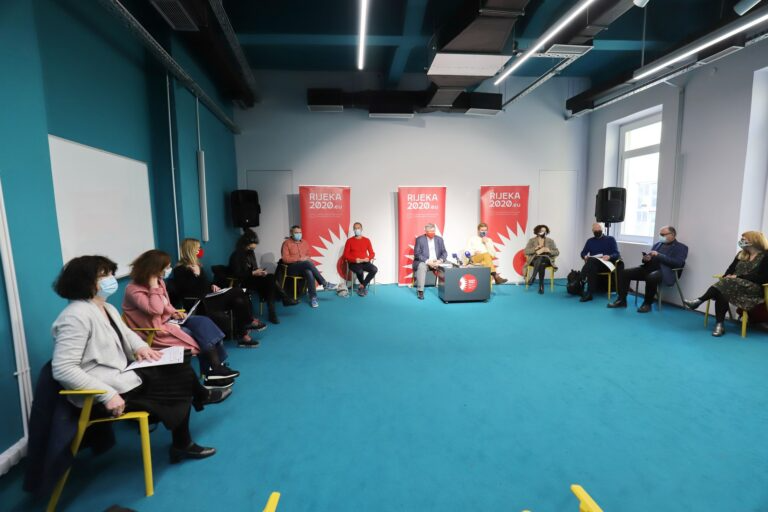
Credit: Rijeka2020.eu
Numerous events continue to take place after April, such as the exhibition ‘‘Unknown Klimt: Love, Death, Ecstasy’’, which brings Klimt's early works, paintings that were dismantled from the vault of the Ivan pl. Zajc Theatre in order to be restored and exclusively displayed in an exhibition in the newly renovated 18th-century palace, which was recently moved into by the Museum of the City of Rijeka, will remain open.
All events are organized in accordance with current epidemiological measures, but will also be adapted to any new measures and recommendations if necessary.
You can check and download the Rijeka European Capital of Culture Extended 2021 Programme here.
For more about travel in Croatia, follow TCN's dedicated page.
Culture 3.0: Opportunity for Croatian Cultural Tourism in the New Decade
January 24, 2021 – Croatian cultural and archaeological heritage is insufficiently known about and attracts only up to 5 million visitors a year, while the Italian Pompeii attracts as many as 12 million a year. This comparison indicates a big opportunity for the development of special forms of Croatian cultural tourism.
Croatia has a huge cultural and tourist potential, and in order to use it, we need to change the approach and create new types of experts in this field. This is one of the conclusions presented at the final conference of the ArhKonTur – Archaeological Conceptual Tourism Guiding project, organised by the Libertas University. As the Ministry of Tourism and Sports reports, the conference was also attended by Alessandra Priante, UNWTO Director for Europe.
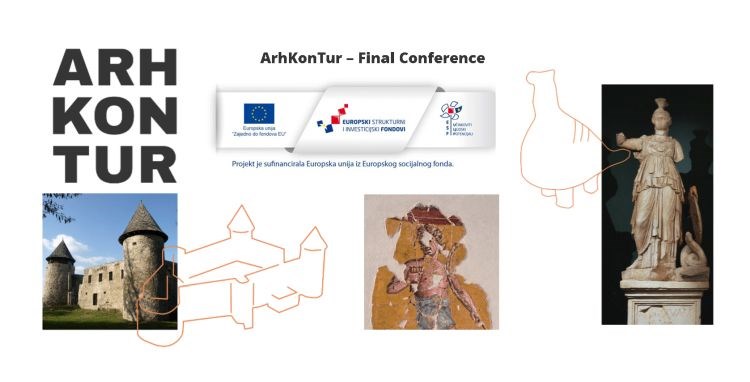
ArhKonTur conference / Ministry of Tourism and Sports
The European Institute of Cultural Routes' director, Stefano Dominioni, said during the conference that since 2016, with its activities, Croatia has made great progress by being included in the project of cultural routes of the Council of Europe. Currently, Croatia is involved in 13 international routes, and we also have initiatives for routes whose starting point would be here.
"Culture 3.0 builds a deeper relationship between tourists and hosts at the destination based on the inclusion of guests and the creation of cultural content," said professor Greg Richards from BREDA University of Applied Sciences in the Netherlands, on contemporary trends in cultural tourism.
Richards believes that Croatia could soon be positioned as a cultural destination by educating new experts, tbe innovative interpretation of cultural heritage, and the use of new technologies and augmented reality that allows guests to have a more intense experience of both tangible and intangible heritage.
It is interesting, Richards points out, that destinations' mobile applications download an average of only 1000 users, which means that the approach to communication with the guest must change.
Bettany Hughes, a well-known historian and author of TV documentaries, pointed out that a well-told story always brings results. After her TV series about Egypt, British interest and bookings for that destination increased fourfold. Her documentaries reach as many as 250 million viewers on well-known television networks. She announced the filming of the series "Wonderful Treasures" with the intention of dedicating one of the episodes to Croatia.
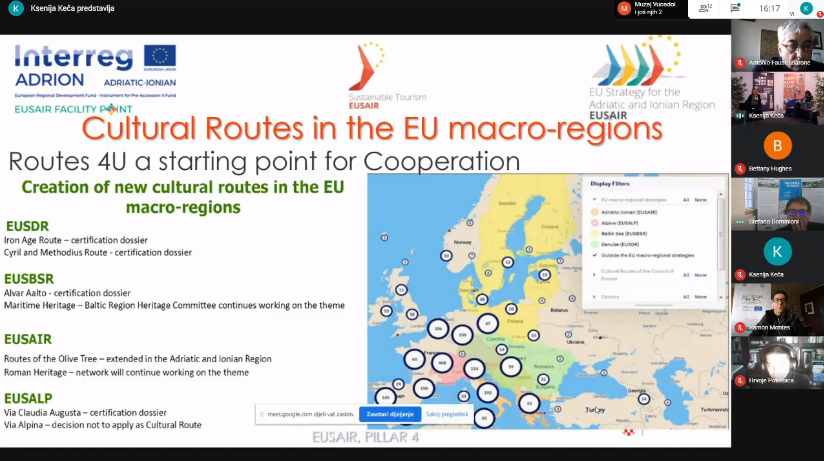
ArhKonTur conference
The ArhKonTur project offers a solution to the lack of specialist professional and pedagogical competencies of lecturers and the lack of education models for specific areas of archaeological tourism. The project is co-financed by the European Social Fund. Three completely new specialist training programmes have since been developed to offer sustainable and responsible archaeological tourism, as well as conceptual tourism management.
The first generation of 40 specialist guides of hard-to-employ groups in the labour market, young people up to 25 years of age and those older than 54 years of age have completed the training. A handbook was also prepared in both English and Croatian on trends in archaeological tourism, as was an interpretive guide for seven selected sites in seven Croatian counties.
In addition, the Ministry of Tourism and Sport, the EUSAIR Facility Point's project partner and the coordinator of the Sustainable Tourism of the Adriatic-Ionian Strategy, is already responding to the need of developing cultural tourism through their activities. They focus on improving the existing cultural tourism information system through the CulTourAIR project, part of which is a Handbook of Participatory Tourism which connects community and culture through storytelling, which has since been developed.
For the latest travel info, bookmark our main travel info article, which is updated daily.
Read the Croatian Travel Update in your language - now available in 24 languages.
Tourist Boards in Zagreb County Develop Gourmet and Cultural Tourism
January 19, 2021 – Tourist boards in Zagreb County are uniting in two projects – to develop and promote cultural and gourmet tourism.
The new Law on Tourist Boards and the Promotion of Croatian Tourism encourage the tourist boards' association, both project-wise and formally. Local and regional tourist boards, as well as tourist boards and local self-government units that do not have an established tourist board for their area, may join a project (agreement) association.
Many tourist boards have already taken advantage of this opportunity, such as the Zadar Archipelago and Southern Istria tourist boards, and more recently, the tourist boards in Zagreb County.
Namely, they unite to promote and develop cultural and gourmet tourism. As the Zagreb County Tourist Board director Ivana Alilović points out, their goal is to intensively promote the Zagreb Green Ring region and existing tourist products and programs.
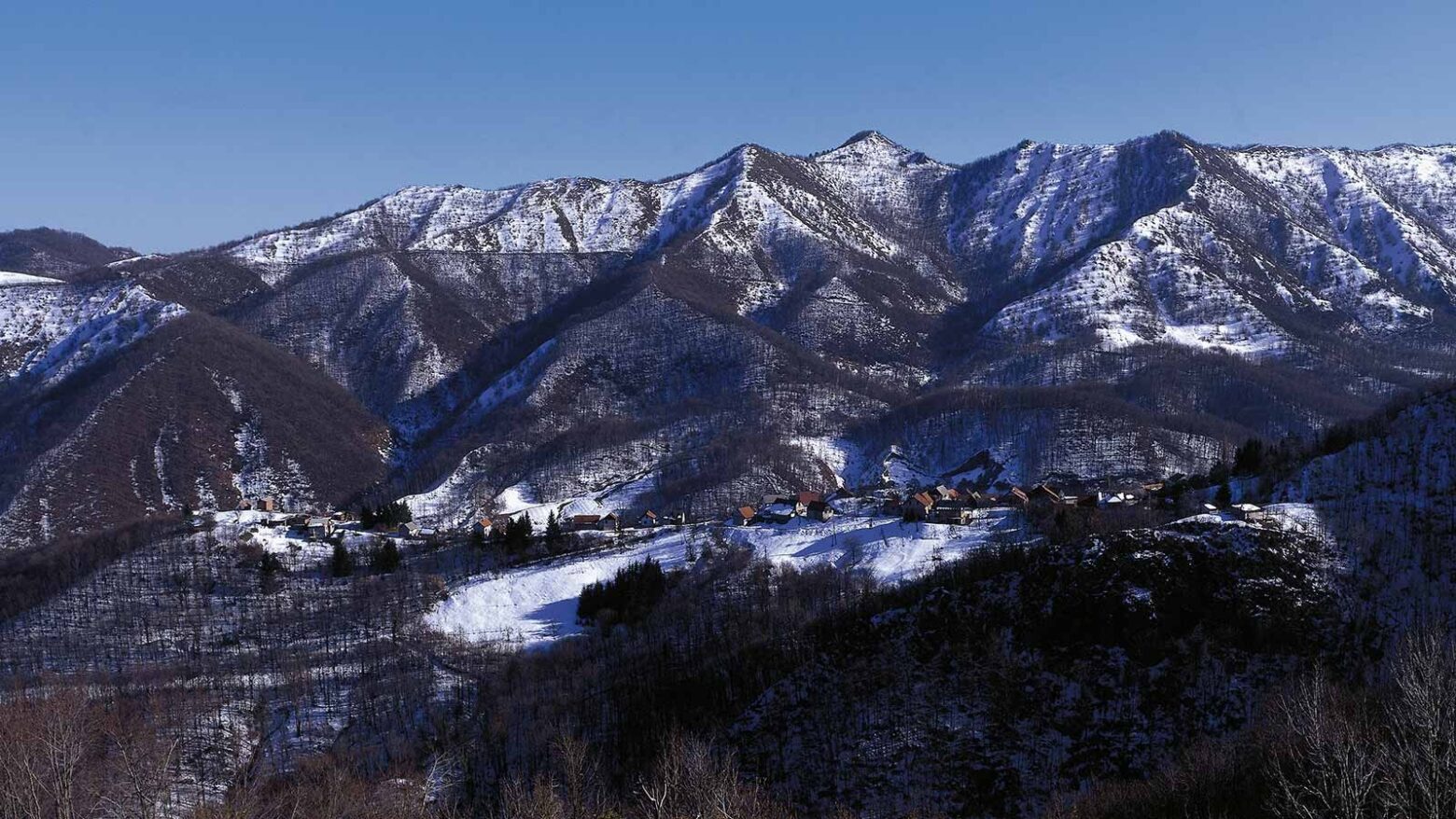
Scene from Zagreb County / Romeo Ibrišević, Zagreb County Tourist Board
"Our goal is integrated quality management of the Zagreb County's tourist destination product, which will reduce the gap between the level of quality that tourists expect and the level of quality that the destination can provide and deliver. Also, we want to improve the quality and content of Zagreb County tourism product, increase tourist satisfaction and tourist spending in Zagreb County and the benefits for entrepreneurship in catering and tourism," says Alilović.
Gourmet tourism in Zagreb County
Local tourist boards of Jastrebarsko, Samobor, and Sveti Ivan Zelina cities have concluded an agreement on the local Zagreb County Tourist Boards' association. In this first project, the joint activity will be the development of gourmet tourism. Wine roads and cheese roads are among the many tourist attractions of rural, eno, and gastro tourism of Zagreb County.
Vineyards and wine cellars in Zagreb County are located on three wine roads – Plešivica Wine Road, Zelina Wine Road, and Samobor Wine Road. Along wine roads, you can find Purtugizec Plešivica and Kraljevina Zelina wines from the Zagreb County brand, as well as Bermet, a traditional and widely recognized Samobor aromatized wine.
Also, there are wines produced from indigenous varieties Plavec yellow, sweet Zelenac, and Šipelj, and many other wines such as Chardonnay, Sauvignon, black, gray, and white Pinot, Rhine Riesling, Traminer, Frankovka, Škrlet, yellow Muscat, Šipon.
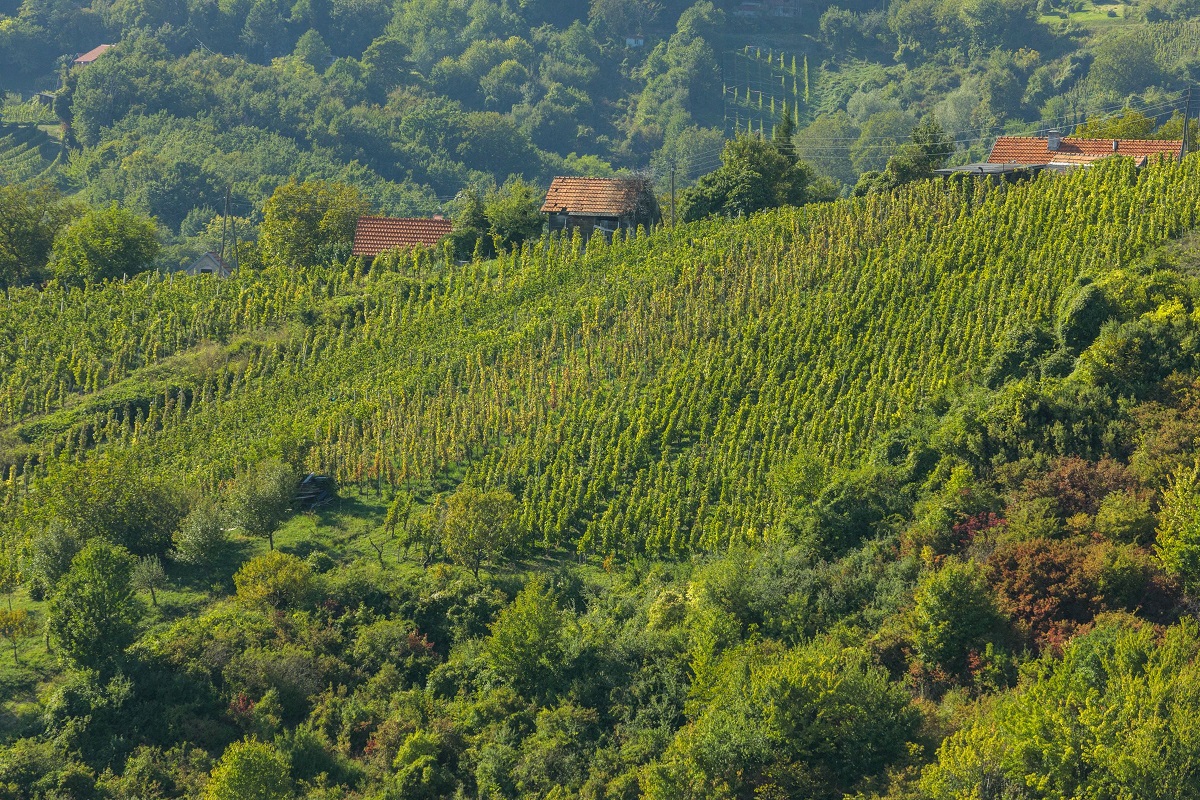
Vineyards in Jastrebarsko / Copyright Romulić and Stojčić
The main goals of the association through the gourmet tourism project are:
- The smart specialization of Zagreb County.
- The development of a tourist destination for gourmet tourism.
- Improving the value chain of gourmet tourism.
- Digitalization and application of new technologies.
- Multi-sector connectivity.
- Development of local production systems (Agri-food).
- Positioning and promotion of Zagreb county.
Cultural tourism in Zagreb County
Cultural tourism in Zagreb County is based on protected natural heritage and cultural and historical heritage. Zagreb County has a rich treasury of natural heritage and beauty. It has many protected natural areas, which contribute to the development and success of cultural, hiking, picnic, and sustainable tourism in Zagreb County.
The association project aims to establish a basis for the integrated management of cultural tourism. Alilović says they want to create a recognizable tourist destination product that will be the main instrument for encouraging tourism competitiveness in Zagreb County. She adds that cultural resources are the leading destination's product in the promotion of a tourist destination, and what makes one destination different from the other is its intangible cultural heritage.
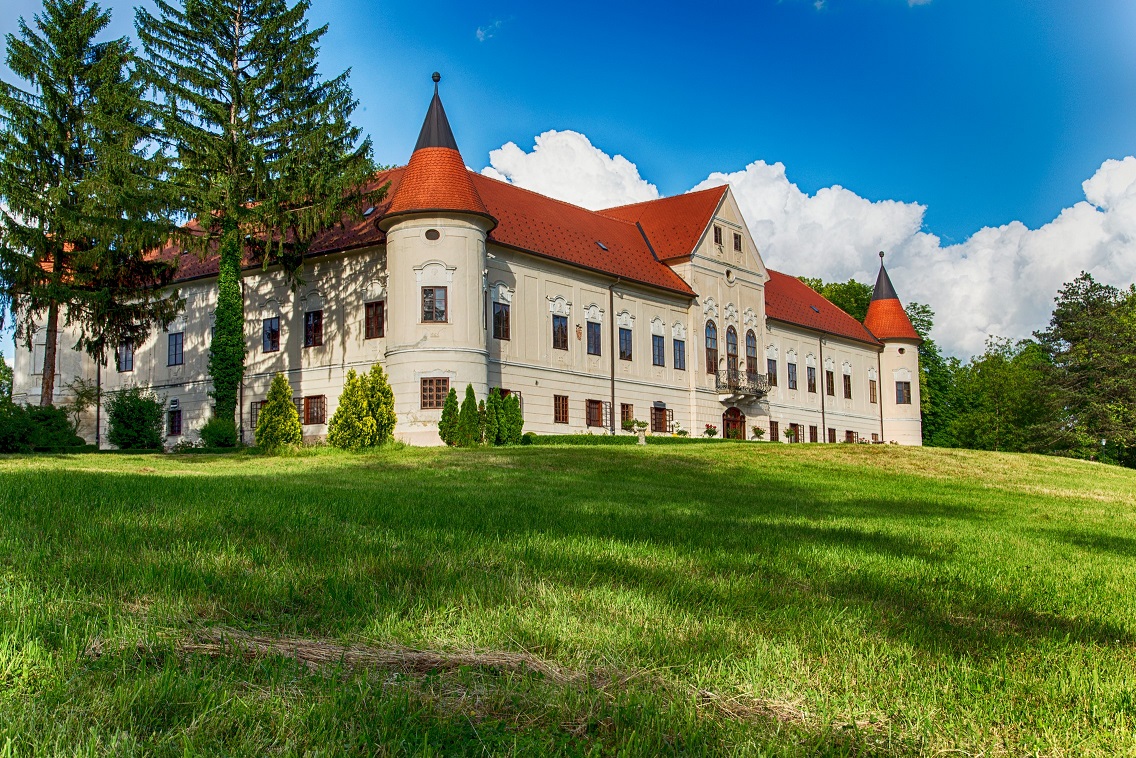
Lužnica Castle, Zaprešić / Zagreb County Tourist Board
"Heritage is the essential element by which a tourist destination's management attracts tourists to the destination. It is an attractive basis for branding. Creativity based on traditional intangible heritage thus pushes the boundaries of the mere functionality of a product.
Through the example of a cultural thematic route, we seek to show how myth can become a potential attractive basis for the development of mythological tourism in Zagreb County. The thematic route's stories and locations offer a choice according to criteria of collective and personal importance. Therefore, the thematic route is an open system that can be toured individually or organized with expert tourist guidance.
Special attention was given to the local identity. For example, the customs of St. George and St. John were highlighted, as well as other customs that are traditionally woven into the Zagreb County and surrounding regions," says Alilović.
The tourist offer of Zagreb County abounds in cultural and historical heritage, such as stories and legends, wooden construction, sacral construction, indigenous architecture, and archaeological finds and monuments of its rich past.
Zagreb County can also boast more than 200 cultural and historical heritage sites. Among them, castles Novi dvori Jelačićevi are a unique example of a complete manorial-economic complex preserved to this day. Then there are forts, manor houses, rich wooden sacral heritage, of which the most prominent is the chapel of St. Barbara in Velika Mlaka. A beautiful example of autochthonous secular architecture is the manor house (curia) Modić-Bedeković in Donja Lomnica. A special attraction is the memorial room of Alojzije Stepinac in Krašić.
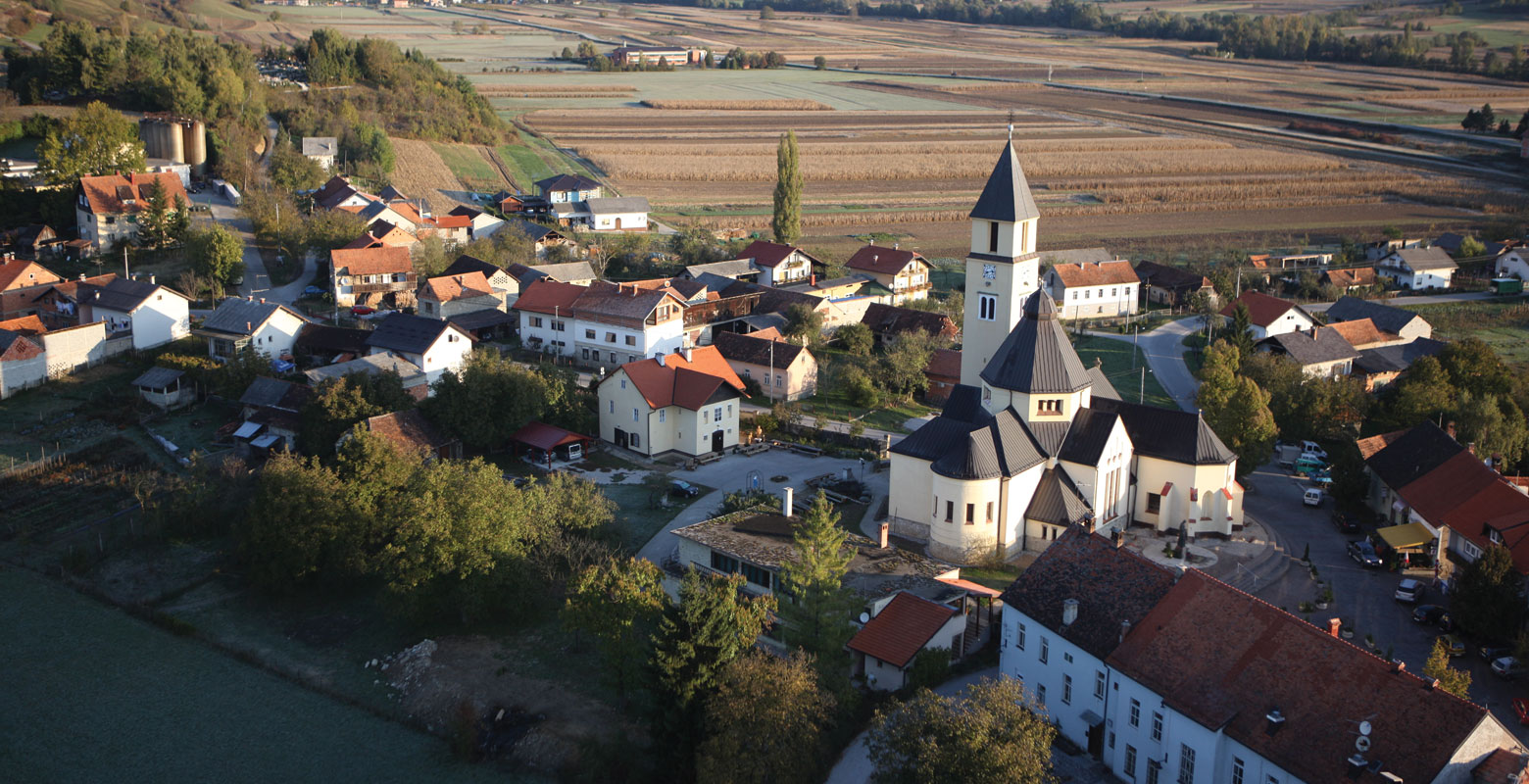
Krašić, Zagreb County / Zagreb County Tourist Board
Valuable is the archeological finds in Ščitarjevo, not far from Velika Gorica, and Budinjak (10th-6th centuries BC), one of the most important prehistoric archaeological sites in Croatia.
The project area includes the tourist boards of the cities of Zaprešić, Velika Gorica, Vrbovec, and Dugo Selo, the tourist boards of the municipalities of Pisarovina and Krašić, and the tourist board of area of the Sava-Sutla valley and hills.
"Agreements of project association in the Zagreb County Tourist Board are an example of planned activities. It is clear that the destination through joint action has the opportunity to better position itself in the market and develop projects that will stimulate overall economic development," said Alilović.
Alilović concludes that the association should result in numerous synergy effects. Not only in quality but also much-needed cost-effectiveness of promotion and project implementation.
For the latest travel info, bookmark our main travel info article, which is updated daily.
Read the Croatian Travel Update in your language - now available in 24 languages.
Join the Total Croatia Travel INFO Viber community.


